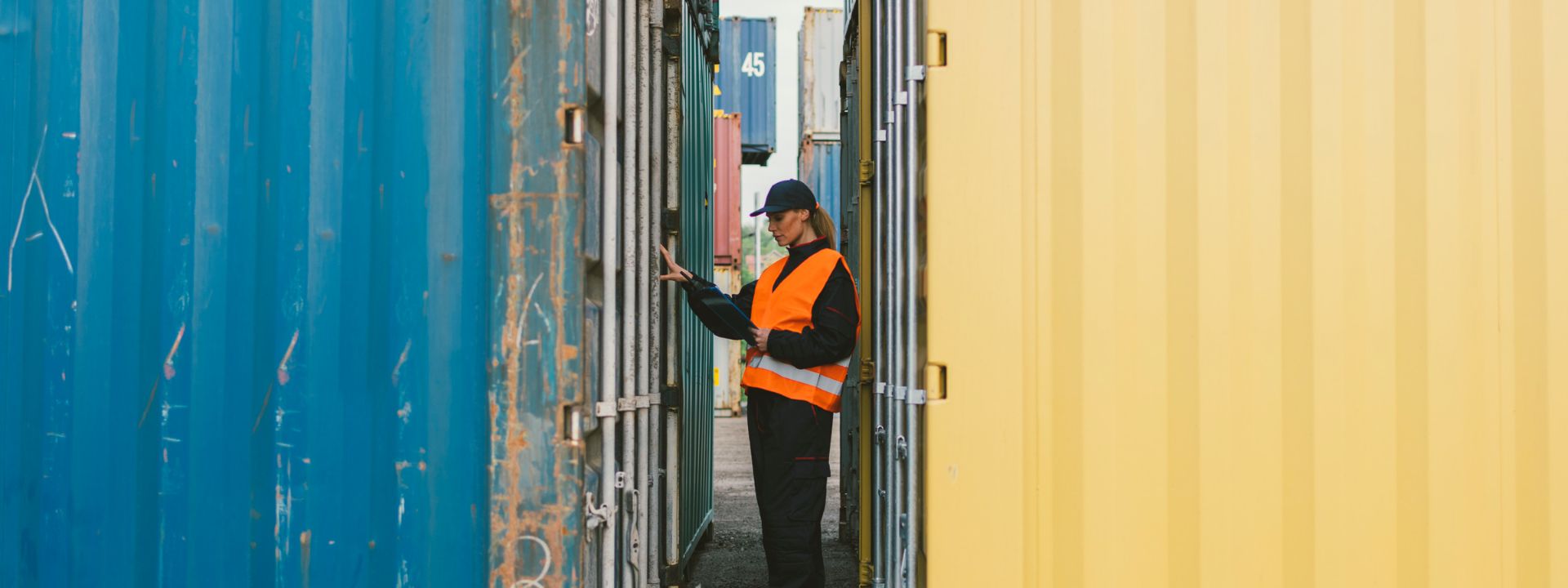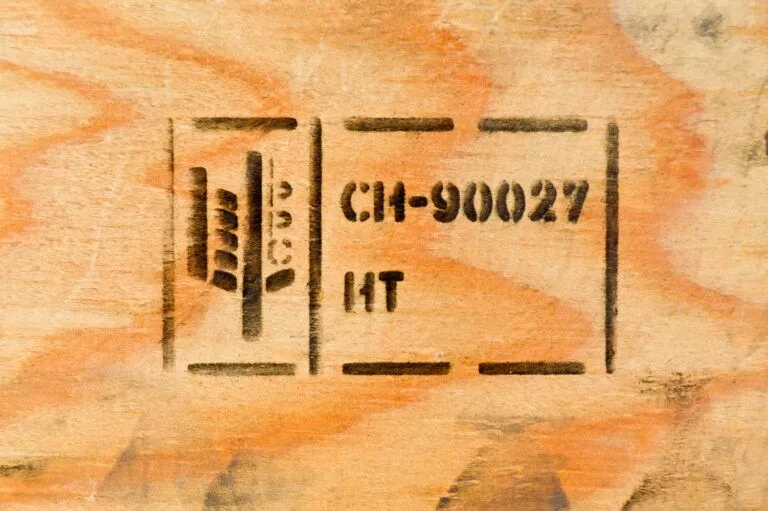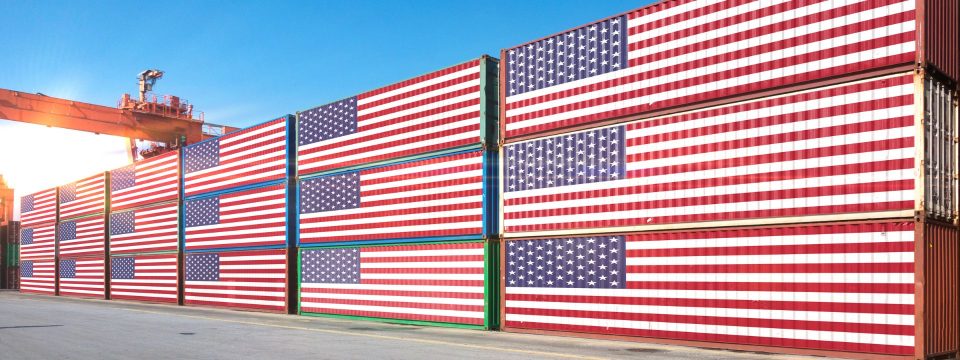The Ultimate Guide to Customs Tariffs in Australia
October 28, 2022 Customs

Tariffs are a common method of economic protection that countries impose on foreign imports, with the primary aim to protect their domestic industries from foreign competition. With Australia importing large amounts of goods every year, all goods are required to be cleared through the Australian Border Force. This involves declaring the correct HS Code or Codes to classify your shipment with Customs so that the correct tariff rate is applied to your goods, resulting in the payment of the correct amount of duty. Below, we’ll explain the nature of customs tariffs in Australia, how to use the tariff when importing cargo, how you can obtain a tariff concession and also case studies where businesses have used tariffs to their advantage.
What is the Customs Tariff?
The customs tariff refers to the tariff applied to your goods once they are imported into Australia.
Any cargo that you import into the country requires correct classification under the Customs Tariff Act 1995 so that the appropriate tariff (and therefore appropriate duty charges) are applied to your goods.
As an importer, you are responsible for assessing your cargo’s classification. The system of classification is complicated, and we strongly advise you to engage a professional customs broker such as International Cargo Express to assist in classifying your cargo.
Failure to correctly declare your goods could result in an incorrect amount of duty being paid. Furthermore, penalties may apply if you are found to have underpaid duty or provided false or misleading information.
Using the tariff when importing your cargo
Classifying your goods involves applying codes contained in the ‘Harmonised Commodity Description and Coding System’, simply referred to as Harmonised System (HS) Codes. The HS system was developed in 1988 by the World Customs Organisation and is in use in most countries worldwide. This system not only provides for over 5,000 HS Codes, each of which describes a very specific type of product but also contains rules and notes that govern how the Tariff is to be used.
It is not uncommon that a commodity may be eligible to fit into multiple Tariff numbers. For example, a household utensil may be covered by HS3924 if made of plastic, HS7324 if made of metal, HS8205 if regarded as a tool, or by HS8509 if electrically operated.
Similarly, if the goods in question are incorporated into a made-up article, or arrive as part of an unassembled kit, the HS code could be different than goods that arrive as stand-alone parts.
Further, the classification of goods is linked to many Free Trade Certificates of Origin and risk profiles in other Government Departments including the Department of Agriculture (Quarantine), Therapeutic Goods Administration (pharmaceuticals), Department of Infrastructure (vehicles), Department of Environment (Ozone-depleting substances) and others.
Detail all HS Codes on your commercial invoice
It is good practice to detail all applicable HS Codes against each product line separately on your commercial invoice (an important shipping document which you can read more about here). These codes will be used to clear your cargo and apply the correct duty rate.
A failure to place the correct HS Code on your commercial invoice risks you paying the wrong duty and subsequent penalties may apply.
Your experienced Broker may question you on the nature of your cargo to ensure the most accurate tariff is being used. These questions may be detailed and they may request access to product specifications, manufacture processes or other information in order to ascertain the correct HS code.
Using the tariff to calculate duty
Once your broker has identified the tariff number that applies to your goods, the amount of customs duties payable will become clear.
As a guide, if the tariff rate is 5%, the way to calculate the value of the duty payable in Australia is 5 percent of the Australian Dollar FOB value. The “FOB” value is the cost of your goods excluding overseas transport and insurance. The term “FOB” is an acronym used in the Incoterms, which is a system of globally recognised terms used to allocate the risks between importers and exporters in international transactions.
As the system is complicated, the best step for you to take is to speak to an expert customs broker to determine the duty that applies to your commodity.
What are tariff concessions?
A Tariff Concession removes the duty on a product that would otherwise incur a tariff fee. This assists in reducing costs for importing products that are not locally produced or manufactured.
The Australian Border Force (ABF) administers the Tariff Concession System. This system allows parties to apply for Tariff Concession Orders (TCOs) when there are no known Australian manufacturers that can adequately make substitutable imported goods in the ordinary course of business. For instance, if you find a one-of-a-kind product in Italy that no Australian manufacturer is producing locally, you may be eligible to apply for a TCO. TCOs need to be applied for prior to importing the goods to be valid as concessions are not retrospective.
Similarly, you may find that a TCO has been applied where you are producing the same product locally. In such a case, you are able to object to a TCO if you can show that your product has a ‘corresponding use’ to the goods being imported.
Schedule 4 By-Laws:
Similar to Tariff Concessions, the Tariff Act also contains a list of By-Laws that exempt certain goods and transactions from duty on importation. These By-Laws cover a range of Government to Government and other specified transactions including low-value and warranty and repair shipments.
Case studies: using customs tariffs to your advantage
Many importers use the tariff to their benefit, they achieve this through customs tariff rulings to lower their duty rate payable or by utilising tariff concessions or the bylaw system to exempt duty where their competitors may not have done this. Below are a couple of recent examples of where customers have used the tariff to their advantage.
By-Law to permit concessional importation of medical and hygiene products
The impact of COVID-19 has led the ABF to impose temporary tariff concessions on medical and hygiene goods to encourage the importation of products that can be used to combat the Coronavirus. This includes goods like masks, gloves, disinfectants and test kits. The ABF has published the relevant HS Codes to which this concession will apply.
In early May 2020, Australia notified the World Trade Organisation of this concession, stating that it would remain in place until 31 July. Refunds are also available for businesses on certain goods imported from 1 February 2020. This was extended to 31 December 2020.
HS Code success in High Court of Australia
In February 2020, Pharm-A-Care Laboratories – an Australian-based health and wellness company – had a major victory over HS Codes in the High Court of Australia, the country’s highest court of appeal, in a legal case that went on for many years.
The then Customs Authority had determined that certain types of pastilles (namely, weight loss gummies and vitamin preparations) imported into Australia by Pharm-A-Care should be classified as “food preparations” or “confectionary” under HS Codes that would attract duties. Pharm-A-Care successfully challenged this classification in the Administrative Appeals Tribunal, arguing that they should be classified as “medicaments” (an HS Code that attracted no duty). The Customs Authority appealed the decision all the way to the High Court.
The High Court ruled in Pharma-A-Care’s favour over the classification of the goods. This dispute demonstrated the challenges of classifying goods under the HS Code system.
We encourage importers of these types of pastilles to revise their imports and determine if they are entitled to a refund in light of the High Court’s findings.
Vitamins and weight-loss gummies classified as duty-free medicaments
Where do I go for advice?
The Australian Border Force (ABF) is the official source of information for any customs tariff-related enquires.
However, the ABF won’t classify your goods for you or provide you with specific advice tailored to your circumstances. While they may offer you guidance and supply you with general information, only an expert Customs Broker will be able to assist in specific needs.
If there is any uncertainty about the correct HS code for your product, ICE may advise you to get a Tariff ruling from Customs. This ruling will clarify the correct HS code and help you avoid any penalties for incorrectly declaring or underpaying duty on an item.
What if I have overpaid Duty?
In the event that duty was overpaid because goods were incorrectly declared due to a wrong HS code or a Free Trade rate or Tariff Concession not being applied, your Customs Broker can apply for a refund of Duty. Refunds can be completed on shipments up to a maximum of 4 years after arrival but may be limited by the rules of the Free Trade Agreement or the date the Tariff Concession or By-Law was created.
Our Customs Experts
To fully understand the Customs Tariff and the correct HS Codes for your products you should engage with an experienced Customs Broker. Our Brokerage team at ICE consists of five in-house and fully licensed Customs Brokers in Sydney that can support you with all your tariff and clearance questions.
Request A Quoteor call us on 1300 227 461
Recommended For You

We Consult. We Plan. We Deliver.
- CONSULT – We discuss your specific needs.
- PLAN – We develop a bespoke tailored plan that is cost-effective & efficient.
- DELIVER – We manage your shipment and keep you updated from beginning to end.


